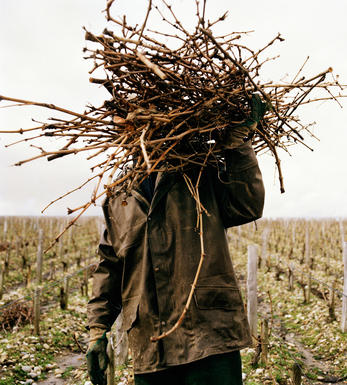
Critics reviews
Robert M. Parker, Jr. - Wine Advocate - Issue#153 Jun 2004
About this WINE

Chateau Trotanoy
Château Trotanoy is a leading Pomerol estate that has been owned by Jean-Pierre Mouiex since 1953. Trotanoy's 8 hectares of vineyards are located on a high plateau about one kilometre west of Château Pétrus between the village church and the village of Catusseau. The vineyards are rich in clay and gravel and are planted with Merlot (90%) and Cabernet Franc (10%).
Trotanoy's grapes are hand-harvested and then fermented in small temperature-controlled concrete vats. The wine is then matured in oak barriques (60-90% new) for 18-20 months. It is bottled unfiltered.

Cabernet Sauvignon Blend
Cabernet Sauvignon lends itself particularly well in blends with Merlot. This is actually the archetypal Bordeaux blend, though in different proportions in the sub-regions and sometimes topped up with Cabernet Franc, Malbec, and Petit Verdot.
In the Médoc and Graves the percentage of Cabernet Sauvignon in the blend can range from 95% (Mouton-Rothschild) to as low as 40%. It is particularly suited to the dry, warm, free- draining, gravel-rich soils and is responsible for the redolent cassis characteristics as well as the depth of colour, tannic structure and pronounced acidity of Médoc wines. However 100% Cabernet Sauvignon wines can be slightly hollow-tasting in the middle palate and Merlot with its generous, fleshy fruit flavours acts as a perfect foil by filling in this cavity.
In St-Emilion and Pomerol, the blends are Merlot dominated as Cabernet Sauvignon can struggle to ripen there - when it is included, it adds structure and body to the wine. Sassicaia is the most famous Bordeaux blend in Italy and has spawned many imitations, whereby the blend is now firmly established in the New World and particularly in California and Australia.



Buying options
Add to wishlist
Description
This virile, muscular offering’s dense plum/garnet color is followed by aromas of saddle leather, undergrowth, and black fruits. Made in a brooding, medium-bodied, backward style for the vintage, it possesses good weight and richness, firm tannin, and a hint of truffles. Less charming and developed than La Fleur-Petrus, this powerful, structured 2001 requires 2-3 years of cellaring, and should keep for 12-15.
Robert M. Parker, Jr. - Wine Advocate - Issue#153 Jun 2004
wine at a glance
Delivery and quality guarantee